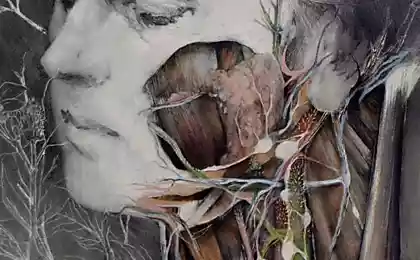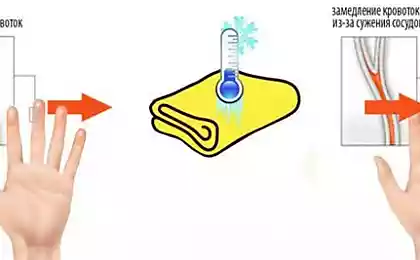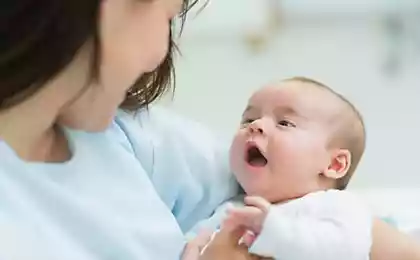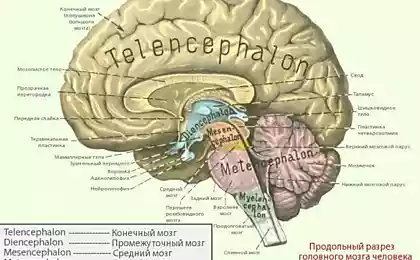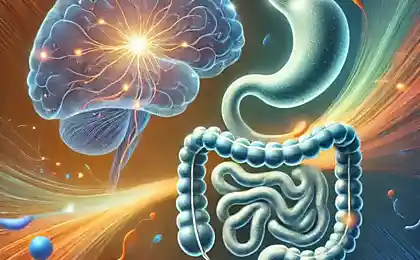881
The scientists videotaped the nervous system of the fruit fly
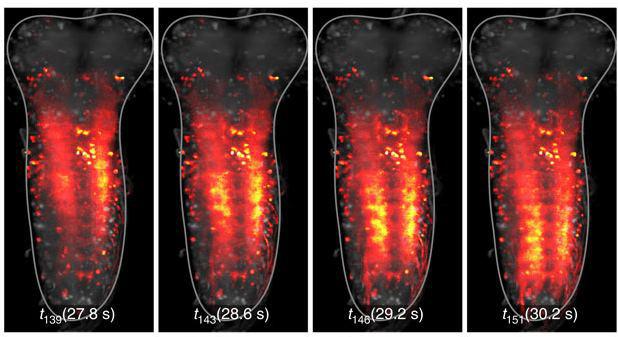
The nervous system is not only the man but also organisms, including insects - a very difficult subject to study. Despite decades of research, scientists still do not fully understand how it all works. Nevertheless, it is possible to believe that the solution is close.
Whatever it was, but experts Howard Hughes Medical Institute was able to remove the video work of the central nervous system of Drosophila, the fruit fly. The results of the scientists published in the authoritative journal Nature .
In the project scientists have worked with the adult insect (imago) and its larva. The video is clearly seen as activated different parts of the nervous system of the larvae when making its movements. According to experts, this project will help to understand how the interaction between different parts of the nervous system of larvae, including the head ganglia and spinal cord. Scientists also hope to create a model occurring in the larval nervous system processes.
To obtain luminescence, the authors had to directly modify the DNA of an organism, achieving that the neurons become fluorescent protein synthesized during the passage through the tissue corresponding electrical pulses. Observations scientists performed using planar light microscopy where the laser is used to obtain the optical cutoff into place with fluorescent molecules.
It turned out that this method is most effective in this case. Soon, scientists are going to start working with other organisms, including imago fruit flies, fish embryos and small rodents (mainly mice), in the early stages of development.
By the way, several teams of scientists continue to study the body such as the nematode ( Caenorhabditis elegans ). This - the most studied organisms on Earth, and the adult is made up of 959 cells and the nervous system specimens - from 302 neurons. Therefore, the idea of create a virtual model of the nematode.
In a project to study and digitization of a living organism even going to средства on Kickstarter . Now the project is in one of the stages of development, and participate in it, scientists from Italy, Spain, Russia, Portugal and Germany.
Interestingly, ученым still managed describe the work, and the relationships between all 302 neurons of the brain worm, as well as to simulate the brain in a digital model. Digital model scientists placed a robot from Lego Mindstorms EV3 ( review of its on Gikah), all elements of which have their analogues in the body of a real worm. So, here sonar replaced the nose of the worm, and servo - motor neurons in each part of the body of the worm.
It should be noted that the simulation of the brain still is not complete - the researchers used some simplifications and approximations to launch a digital copy in the foreseeable future. But the fact is that even such a simplified copy, failed to protect the robot from colliding with obstacles (without additional instruction in the program). In addition, the robot was able to choose the direction of movement, which can also be called a significant achievement.
Source: geektimes.ru/post/260182/
In Yaroslavl, a traffic light installed in a vacant lot
Google will create a miniature meter for permanent monitoring of the blood sugar level of the patient


